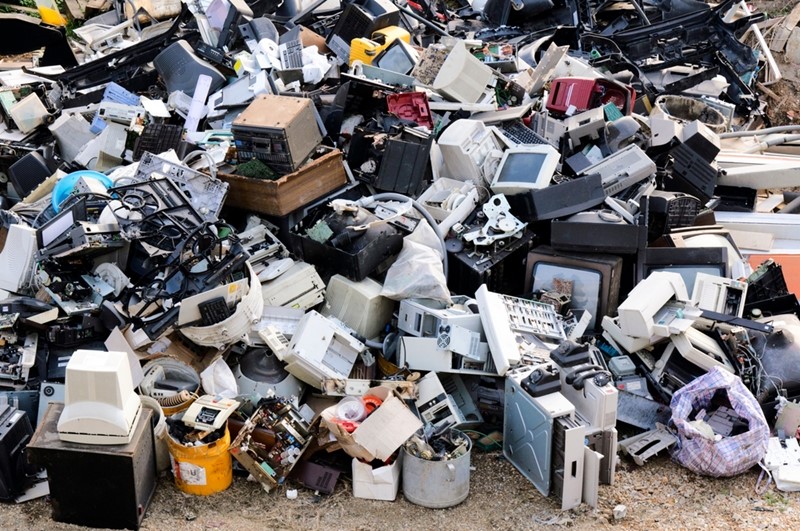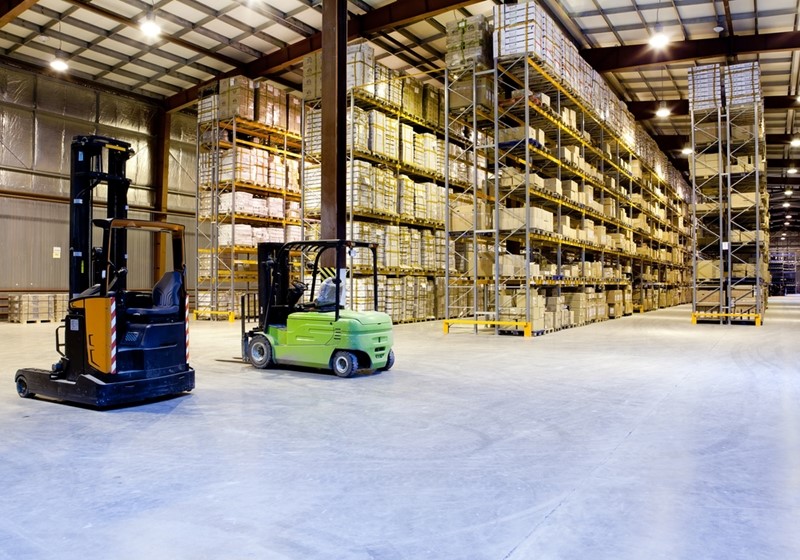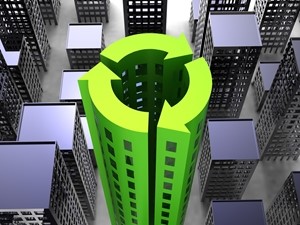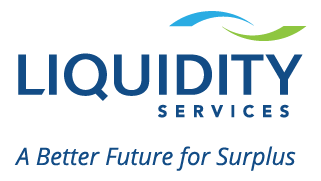Pressure from regulatory bodies and consumers alike is forcing businesses to take the lead in environmental stewardship, but promoting sustainability isn’t just a marketing tactic. Several studies have shown that in addition to preserving and improving the environment, sustainability directly contributes to the bottom line.
Research from Cone Communications found that 90 percent of Americans expect a business to be committed to social and environmental issues, while 93 percent said environmental consciousness gives them a positive brand image, up from 85 percent in 2010. Another study from Havas Media found that companies considered “meaningful” by consumers outperformed the stock market as a whole by 120 percent. A meaningful business is defined as one that makes a concerted effort to have a positive effect in the community through environmental protection or contributions to social causes.
One of the biggest misconceptions about business sustainability is that it’s only focused on saving energy in the design, manufacturing, and distribution processes. These processes get a lot of attention from corporate sustainability programs because they are the most obvious uses of energy – equipment and machinery are running, vehicles are transporting goods, and so on. But there’s also a need to focus on what happens at the end of an asset’s lifecycle, and that’s where a surplus asset management program comes in.

Surplus asset management helps businesses avoid the landfill when dealing with assets at the end of their lifecycles.
Technology’s role
With the need to prove results to regulators and consumers, businesses need a measurable, demonstrable way to prove their commitment to environmental protection in all facets of the business. The end of an asset’s lifecycle is a critical time, as improper disposal can negate any other sustainability efforts the business may be undertaking. Likewise, simply sending equipment, machinery, or electronics to the landfill also means that the company is effectively giving up all of the remaining asset value and leaving money on the table.
Strategic surplus asset management tools can help ensure that the redeployment or disposal of unused assets is done in a manner that benefits the environment while also driving financial performance. However, surplus asset management practices vary between companies and industries, leaving no set standard or sustainable best practices readily available. Additionally, older solutions to disposition require large-scale integration and considerable time to train employees on proper use. This also makes it challenging to find best practices for redeploying surplus assets in a way that benefits the business’s reputation and the bottom line.
Fortunately, modern surplus asset management systems are available as a Software-as-a-Service (SaaS) platform, which offers considerable advantages for dealing with surplus assets sustainably. Asset management is about knowing what assets a business owns, where they are, their condition and remaining lifespan, and their value. This means that there is an extremely high volume of data that must be collected and organized, just for the sole purpose of managing surplus assets effectively.
A SaaS solution facilitates these processes well because it can be accessed from anywhere at any time. From any Internet-connected device, managers and stakeholders can enter asset data, valuations, and other relevant information that can be used to aid decision-making. Not only does this provide a greater level of precision in collecting asset data, since those closest to the equipment and machinery are the ones entering the data, but it gives businesses unparalleled visibility into their entire network. SaaS, which itself relies on the cloud, provides global visibility into each branch, factory, plant, floor, and room where each surplus asset is located.
How does this impact sustainability? With this level of visibility, businesses can see what other locations have available and what other locations might need or have room to accommodate. For example, if there is a collection of heavy machinery taking up valuable storage room in one location, the visibility offered by the SaaS platform will reveal other locations that could fit these assets, or even put them to use. If not, there is always the ability to put a valuation on them and sell them. Either way, the assets won’t end up in a landfill.

Surplus assets can be redeployed or resold as a means to free up capital that can be reinvested into a business.
AssetZone®, seamless surplus asset management, and sustainability
AssetZone®, a SaaS asset management solution from Liquidity Services, provides organizations with a means to manage corporate assets from procurement to redeployment or sale in order to ensure they get the most value of their equipment, machinery, and other unused supplies. AssetZone makes it easy to:
- Quickly collect and store all asset data across an organization and use it to determine which assets have redeployment or resale potential.
- Identify and value all assets with Liquidity Services’ expert valuation team. If resale is determined to be the best option, Liquidity Services can help enterprises maximize return on their surplus assets.
- Redeploy surplus assets. AssetZone can facilitate redeployment, as managers identify, promote, and request assets from other facilities.
- Mark assets for sale, schedule sales, view results and obtain maximum recovery value on surplus.
- Monitor assets through the shipping and settlement lifecycle and electronically send and receive documentation for all sales.
- Make surplus asset management a key part of a sustainability initiative by avoiding the improper disposal of assets.
AssetZone gives enterprises an avenue through which they can seamlessly locate, value, redeploy and resell their surplus assets in a way that helps the environment while freeing up capital to be reinvested in the business. In addition, the data-driven SaaS model makes it easy to measure the impact of surplus asset management in all areas of the enterprise. With the growing emphasis on sustainability in business and beyond, Liquidity Services can be a trusted partner to ensure that environmental stewardship is advanced at all times.

Surplus asset management software like AssetZone® can aid businesses in sustainably redeploying or reselling idle or end-of-life assets.



Comments are closed.